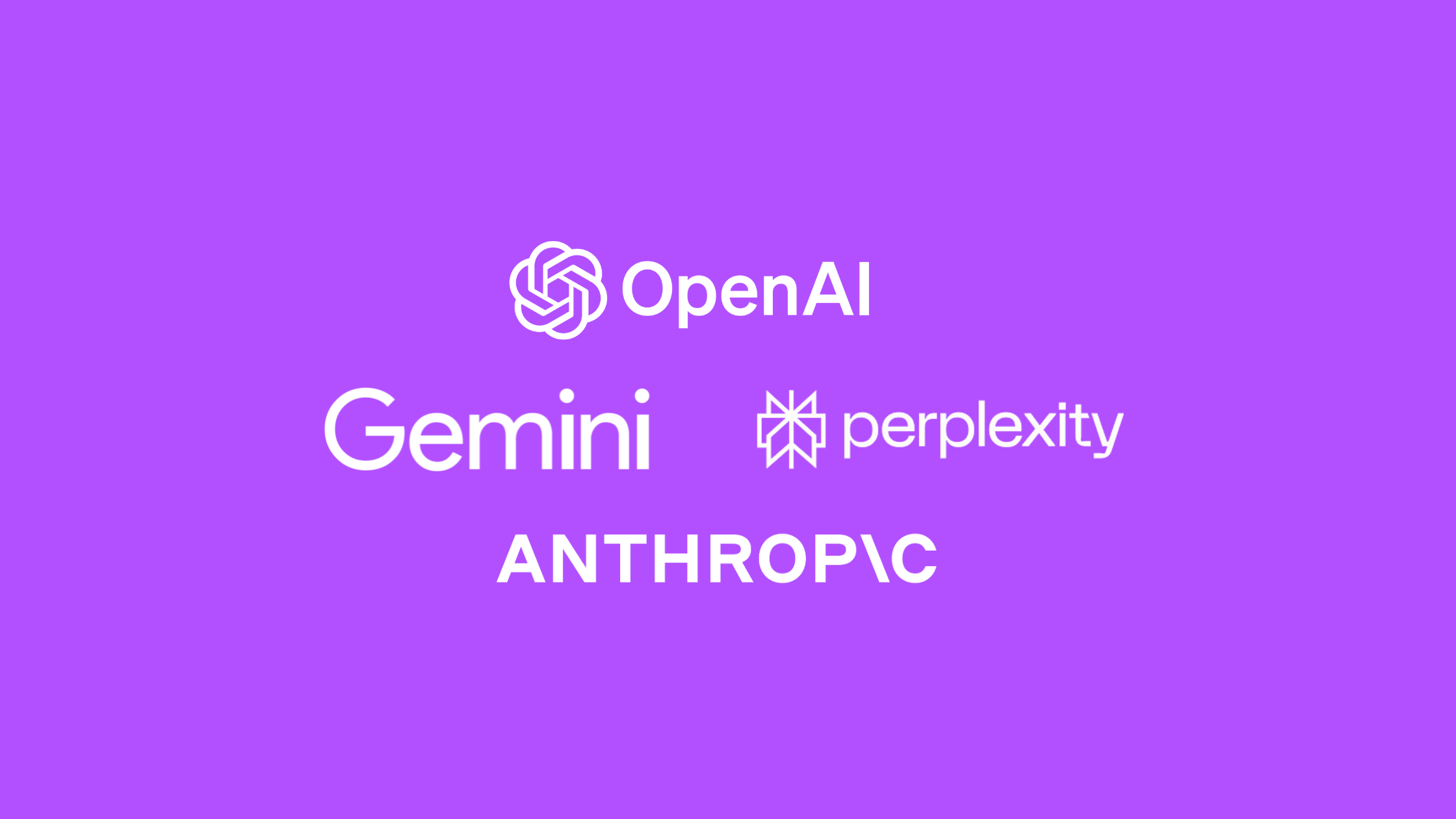
Generative Engine Optimization is Here to Stay
Co-Authored by James Hamilton, and Dan Zazworsky.
How Discovery Works Now, and What to Do About It
Search behavior has changed. People aren't exploring a stack of links anymore. They ask questions and get answers—assembled from fragments of the internet and delivered as a single, authoritative response.
If your content isn't built to be pulled into that response, you're not showing up.
Generative Engine Optimization (GEO) addresses that reality. It focuses on making content discoverable, extractable, and quotable by generative systems like ChatGPT, Perplexity, and Google’s AI Overviews.
GEO starts with structure. Content must be skimmable, hierarchical, and specific. Headers should echo natural language queries. Claims should be backed by facts or sources. Pages should answer one clear question per section. Schema markup belongs everywhere: articles, products, FAQs, reviews, local listings.
Generative systems reward clarity. They don’t have time for buried leads or bloated introductions. They pull from clean paragraphs, not walls of jargon. If it reads like something you’d quote in a briefing, it has a shot at being included.
SEO used to treat backlinks as the currency of credibility. That economy has expanded. Generative engines weigh brand presence across the open web—customer reviews, Reddit threads, third-party product roundups, podcast transcripts, local directories, and blog citations.
A backlink is still helpful. But a verified review with context, a Reddit mention in a product comparison thread, or a consistent blurb on three top-10 lists—those hold just as much weight, often more. Authority is no longer centralized. It's distributed. Visibility follows presence.
Most content is built to rank and convert. GEO content is built to be reused. You’re writing source material, not final copy. That means the information hierarchy has to be deliberate. Lead with the answer. Don’t bury the stat. If you're referencing third-party data, cite it. The cleaner the excerpt, the more likely it survives the model's summarization layer.
We're already seeing AI systems that do more than retrieve information. They act on it. Agents compare products, check delivery windows, read reviews, and place orders. They shop.
In e-commerce, this compresses the funnel. The agent becomes the buyer. Your PDP should read like a spec sheet: fast, complete, machine-readable, and free of fluff. The agent doesn’t care how elegant your design is. It needs pricing, inventory, and details it can extract fast. Consistency across feeds matters. So do verified reviews. Anything missing creates friction, and friction means exclusion.
SEO gets you indexed. GEO gets you cited. One ensures you're visible to the crawler. The other ensures you're useful to the answer.
They aren't in conflict. They're complementary. But most SEO teams aren't thinking this way yet. They're optimizing for a search experience that's already being replaced.
On-Page
Off-Page
E-Commerce Readiness
Monitoring & Iteration

